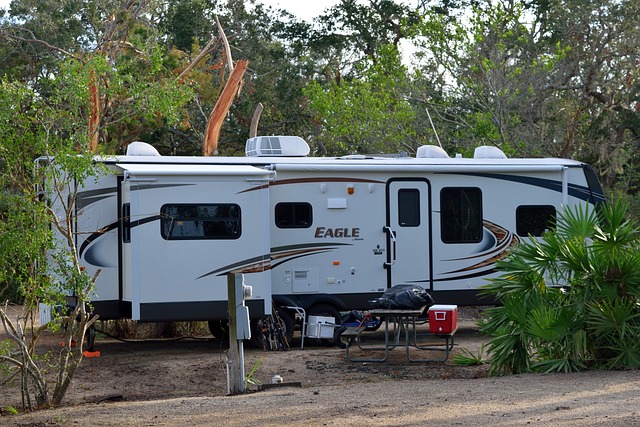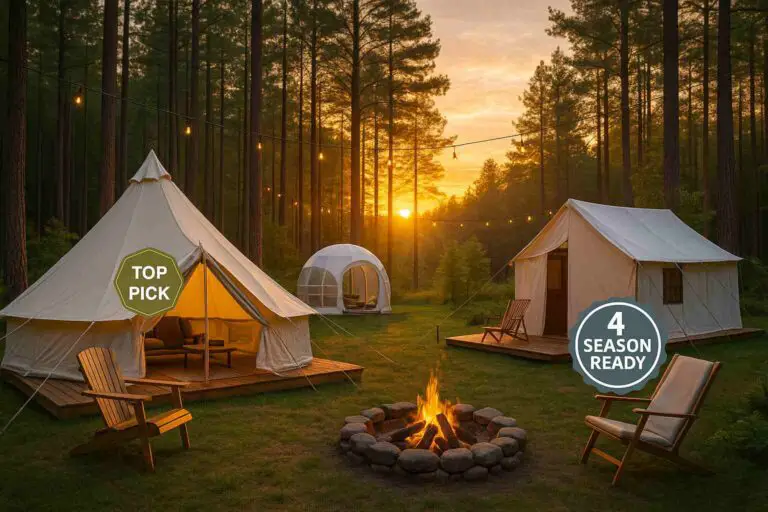Whether you’re a seasoned RV enthusiast or a newcomer to the world of recreational vehicles, understanding how to properly light and operate your RV oven is crucial for a successful culinary experience on the road. RV ovens come in various types, including propane and electric models, each requiring specific techniques for lighting and operation.
In this comprehensive guide, we’ll explore everything you need to know about lighting different types of RV ovens, troubleshooting common issues, and ensuring safety while cooking delicious meals on your travels.
Understanding Your RV Oven
Before diving into the specifics of lighting your RV oven, it’s essential to familiarize yourself with its components and how it operates.
Types of RV Ovens
- Propane Ovens: Most RVs come equipped with propane ovens, which operate similarly to traditional gas ovens found in homes. These ovens utilize propane gas as a fuel source and require manual lighting.
- Electric Ovens: Some modern RVs may feature electric ovens, which rely on electricity for heating instead of propane. Electric ovens offer convenience but require a reliable power source, such as shore power or a generator.
Components of an RV Oven
- Burners: Propane ovens feature burners where the gas ignites to produce heat. Electric ovens have heating elements instead of burners.
- Pilot Light or Igniter: Propane ovens typically have a pilot light that needs to be lit manually, while electric ovens may feature an electronic igniter for effortless lighting.
- Thermostat: Both propane and electric ovens have a thermostat for temperature control.
Lighting a Propane RV Oven
Step-by-Step Guide:
- Ensure Proper Ventilation: Before lighting the oven, open any windows or vents to allow for proper ventilation and prevent the buildup of gas fumes.
- Locate the Pilot Light: In most propane ovens, the pilot light is located near the burner. Refer to your RV oven’s manual if you’re unsure of its location.
- Turn the Gas Valve On: Locate the gas valve near the oven and turn it to the “On” position. You may need to press and hold the valve to allow gas to flow to the pilot light.
- Light the Pilot Light: Use a long-reach lighter or match to carefully ignite the pilot light. Hold the flame near the pilot light until it ignites. Once lit, continue holding the gas valve for a few seconds to ensure the pilot light stays lit.
- Set the Temperature: Once the pilot light is lit, turn the oven knob to the desired temperature and wait for the oven to reach the set temperature.
- Monitor the Flame: After the oven reaches the desired temperature, monitor the flame to ensure it remains steady and blue. A yellow or flickering flame indicates improper combustion and may require adjustments.
- Cooking: Once the oven is preheated, you’re ready to start cooking your favorite dishes. Be sure to keep an eye on the oven temperature and adjust as needed during cooking.
Lighting an Electric RV Oven
Step-by-Step Guide:
- Ensure Power Supply: Before using an electric oven, ensure your RV is connected to a reliable power source, such as shore power or a generator.
- Preheat the Oven: Turn the oven knob to the desired temperature and allow the oven to preheat. Most electric ovens have indicator lights that signal when the oven has reached the set temperature.
- Cooking: Once the oven is preheated, you can begin cooking your meals. Electric ovens operate similarly to residential ovens and require no manual lighting.
Troubleshooting Common Issues
Propane Oven Issues:
- Pilot Light Won’t Stay Lit: If the pilot light keeps going out after lighting, it may indicate a dirty or misaligned thermocouple. Clean the thermocouple with compressed air or a soft brush, or adjust its position to ensure it’s in the path of the pilot flame.
- Uneven Heating: Uneven heating in a propane oven may be due to a malfunctioning burner or improper placement of cookware. Ensure the burner is clean and properly positioned, and use quality cookware for even heat distribution.
- Yellow Flame: A yellow or flickering flame indicates incomplete combustion, which can result from a clogged burner or insufficient airflow. Clean the burner ports and ensure proper ventilation to correct this issue.
Electric Oven Issues:
- No Power: If the electric oven isn’t receiving power, check the RV’s electrical system for any tripped breakers or blown fuses. Ensure the power cord is securely connected to the RV’s electrical outlet.
- Uneven Heating: Similar to propane ovens, uneven heating in an electric oven may result from improper placement of cookware or a malfunctioning heating element. Use quality cookware and inspect the heating element for any visible damage.
- Temperature Inaccuracy: If the oven temperature doesn’t match the set temperature, it may indicate a faulty thermostat. Consider calibrating or replacing the thermostat to ensure accurate temperature control.
Safety Precautions
Regardless of the type of RV oven you’re using, safety should always be a top priority. Follow these essential safety precautions to prevent accidents and ensure a safe cooking environment:
- Ventilation: Always ensure proper ventilation when using a propane oven to prevent the buildup of carbon monoxide. Keep windows or vents open, especially when cooking for an extended period.
- Gas Leaks: Regularly inspect the RV’s propane system for any signs of gas leaks, such as the smell of propane or hissing noises. If you suspect a gas leak, immediately turn off the gas supply and ventilate the area before seeking professional assistance.
- Fire Safety: Keep a fire extinguisher rated for RV use within easy reach of the oven in case of emergencies. Familiarize yourself with its operation and ensure it’s properly maintained.
- Maintenance: Routinely inspect and maintain your RV oven to ensure it’s in proper working condition. Clean the burners or heating elements, check for any signs of wear or damage, and address any issues promptly.
Conclusion
Mastering the art of lighting and operating your RV oven is essential for enjoying home-cooked meals while traveling on the road. Whether you have a propane or electric oven, understanding the proper lighting techniques, troubleshooting common issues, and prioritizing safety will ensure a successful culinary experience in your RV. By following the comprehensive guide outlined above, you’ll be well-equipped to cook delicious meals and create lasting memories on your RV adventures.
Check my last post: How To Stay Warm In A Tent Without Electricity








